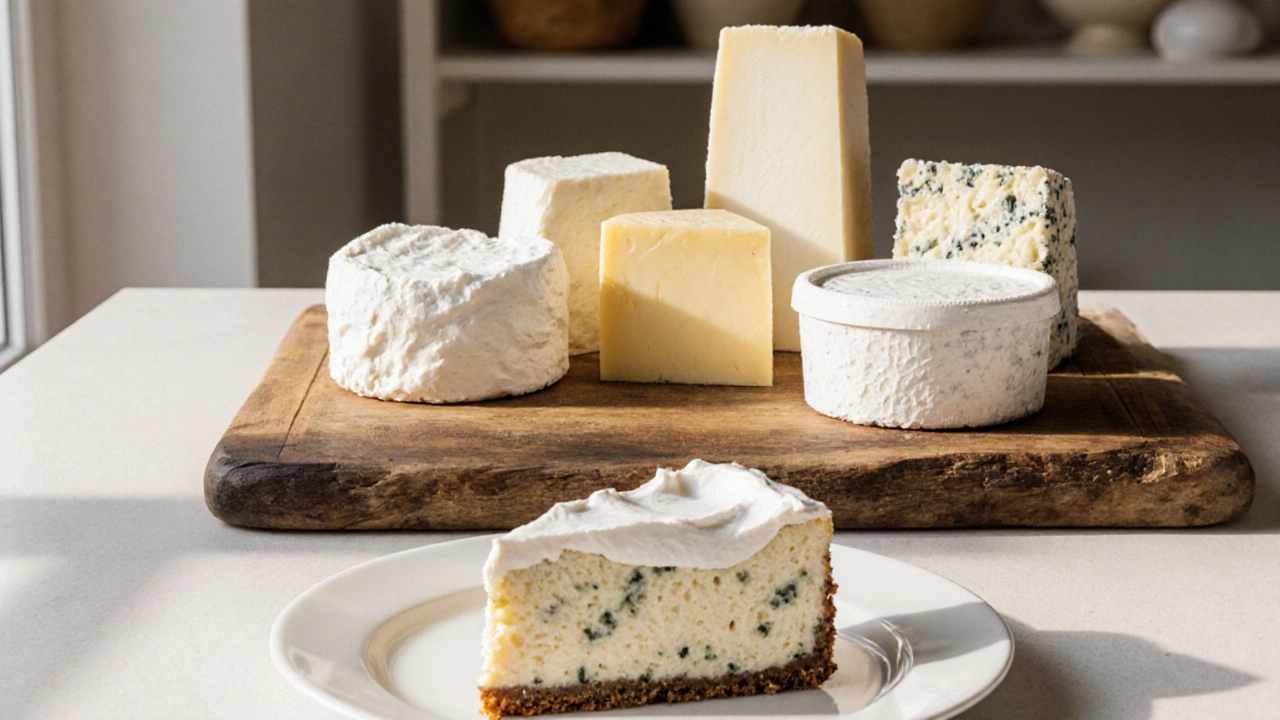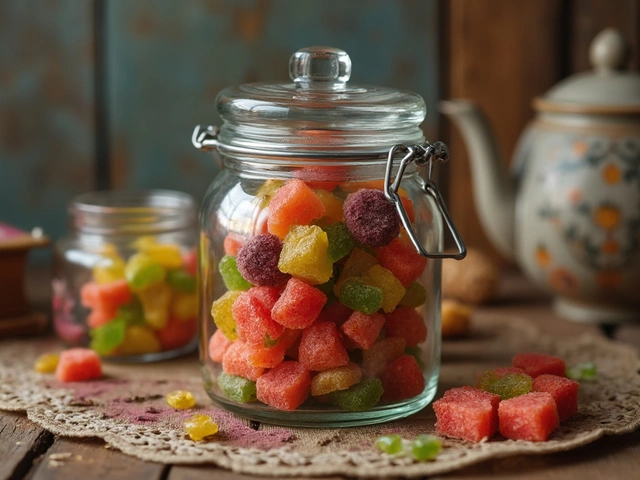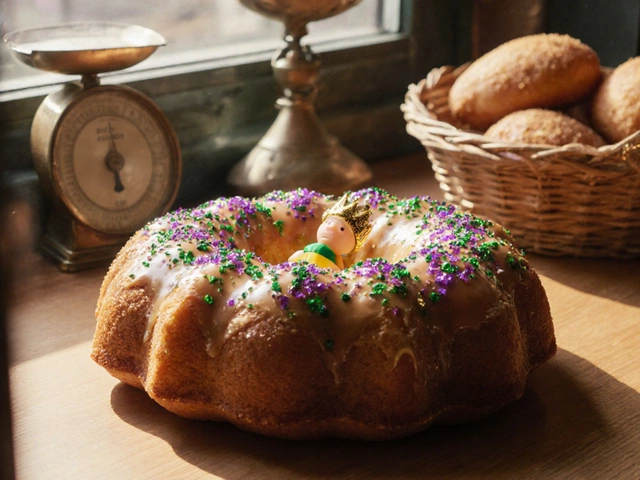Cheesecake Cheese Selector
Find your perfect cheesecake cheese
Select your preferences to get tailored recommendations based on the article's expert guidance.
Recommended Cheese
Why this cheese?
How to use it
Alternative options
Quick Takeaways
- For a classic New York style, go with full‑fat Cream Cheese (preferably 30%‑40% fat).
- Italian desserts benefit from Mascarpone - buttery, low‑acid, and silky.
- Light‑hearted, low‑fat options include Ricotta or Quark.
- For a tangy twist, try Goat Cheese blended with a bit of cream.
- Always check the label for "full‑fat" and "no additives" when you want pure flavor.
Understanding the Role of Cheese in Cheesecake
Cheese isn’t just an ingredient; it’s the backbone of texture, flavor, and richness. The right cheese gives a cheesecake its signature creamy mouthfeel, while the wrong choice can lead to a grainy or overly watery result. In technical terms, the protein network in the cheese traps air and moisture, creating that smooth, dense crumb that melts on the tongue.
When you pick a cheese, you’re balancing three core attributes: fat content, moisture level, and acidity. High‑fat cheeses (like cream cheese or mascarpone) provide silkiness, low‑fat options (like ricotta or quark) keep calories down but need extra stabilizers, and acidic cheeses (like goat cheese) add a bright tang that can cut through sweetness.
Top 7 Cheeses Ranked for Cheesecake
Below is a quick‑look ranking that matches each cheese to the style of cheesecake you might be aiming for.
| Cheese | Fat % (approx.) | Moisture | Flavor Profile | Best Cheesecake Style |
|---|---|---|---|---|
| Cream Cheese | 30‑40% | Low | Rich, mild, slightly tangy | New York, classic American |
| Mascarpone | 45‑55% | Very low | Butter‑soft, barely acidic | Tiramisu‑inspired, Italian |
| Ricotta | 10‑13% | High | Grainy, milky, mild sweet | Light fruit‑topped, pan‑cheesecake |
| Quark | 8‑10% | Medium | Fresh, slightly sour | European‑style, low‑fat |
| Cottage Cheese | 4‑5% | Very high | Curdy, mild | Protein‑boosted, no‑bake |
| Goat Cheese | 20‑25% | Low | Earthy, tart, slightly grassy | Gourmet, herb‑infused |
| Philadelphia® Cream Cheese | 33‑34% | Low | Consistently smooth, mild tang | All‑purpose, reliable |
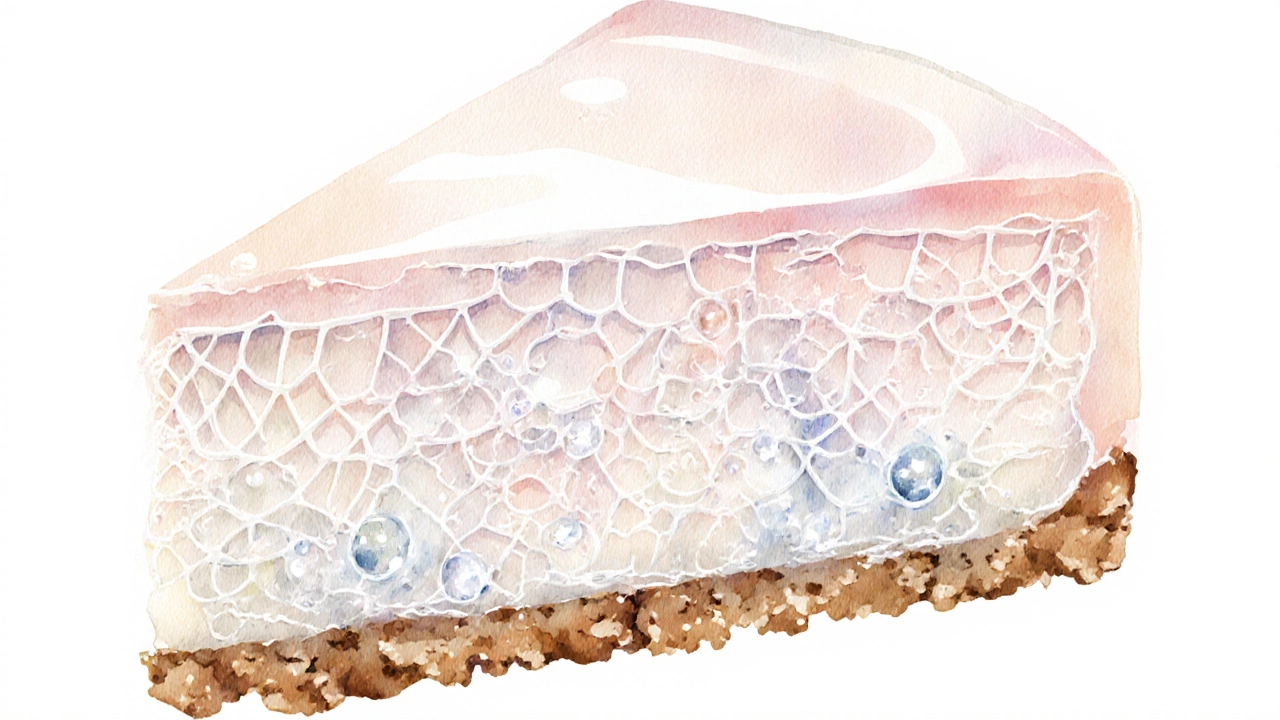
How to Choose the Right Cheese for Your Recipe
- Identify the texture you want. If you crave a dense, runway‑smooth bite, stick with full‑fat cream cheese or mascarpone. For a lighter, slightly grainy bite, reach for ricotta or quark.
- Match the flavor to your topping. A citrus‑y blueberry swirl pairs nicely with mild cream cheese, while a caramel‑pecan swirl shines when the base has a subtle goat‑cheese tang.
- Consider the baking method. No‑bake cheesecakes rely on stabilizers like gelatin; here, low‑fat cheeses are fine because the setting comes from the fridge, not the oven.
- Check the label for additives. Some packaged cheeses contain starch, preservatives, or excess salt that can affect flavor balance. Look for “all‑natural” or “no‑added stabilizers.”
- Plan for freshness. Cheese softens quickly at room temperature. Buy it the same week you plan to bake, and keep it refrigerated until you’re ready to mix.
Buying Tips: What to Look for in the Store
- Full‑fat over low‑fat. Full‑fat provides the creaminess most cheesecakes rely on. Low‑fat versions often need extra sour cream or Greek yogurt to compensate. \n
- Packaging integrity. Choose blocks rather than pre‑sliced tubs for cream cheese; blocks have less air exposure and retain flavor longer.
- Region‑specific varieties. Italian markets frequently stock fresh mascarpone or ricotta that are superior to supermarket shelf‑stable versions.
- Expiration date. Aim for cheese with at least a week of shelf life left. Too‑close to the date can mean a sour bite you didn’t plan for.
Substitutions and Flavor Tweaks
If you can’t find a specific cheese, here’s how to improvise without compromising texture.
- Cream Cheese → Greek Yogurt + Butter. Mix 3/4 cup plain Greek yogurt with 1/4 cup melted unsalted butter; the blend mimics the fat‑to‑moisture ratio of cream cheese.
- Mascarpone → Cream Cheese + Heavy Cream. Whisk 8oz cream cheese with 4oz heavy cream until ultra‑smooth; you’ll get the buttery mouthfeel of mascarpone.
- Ricotta → Cottage Cheese + Food Processor. Pulse cottage cheese into a fine puree; add a pinch of lemon zest for the traditional ricotta tang.
- Quark → Plain Yogurt + Lemon Juice. Blend 1cup plain yogurt with 1tbsp lemon juice to mimic quark’s tart profile.
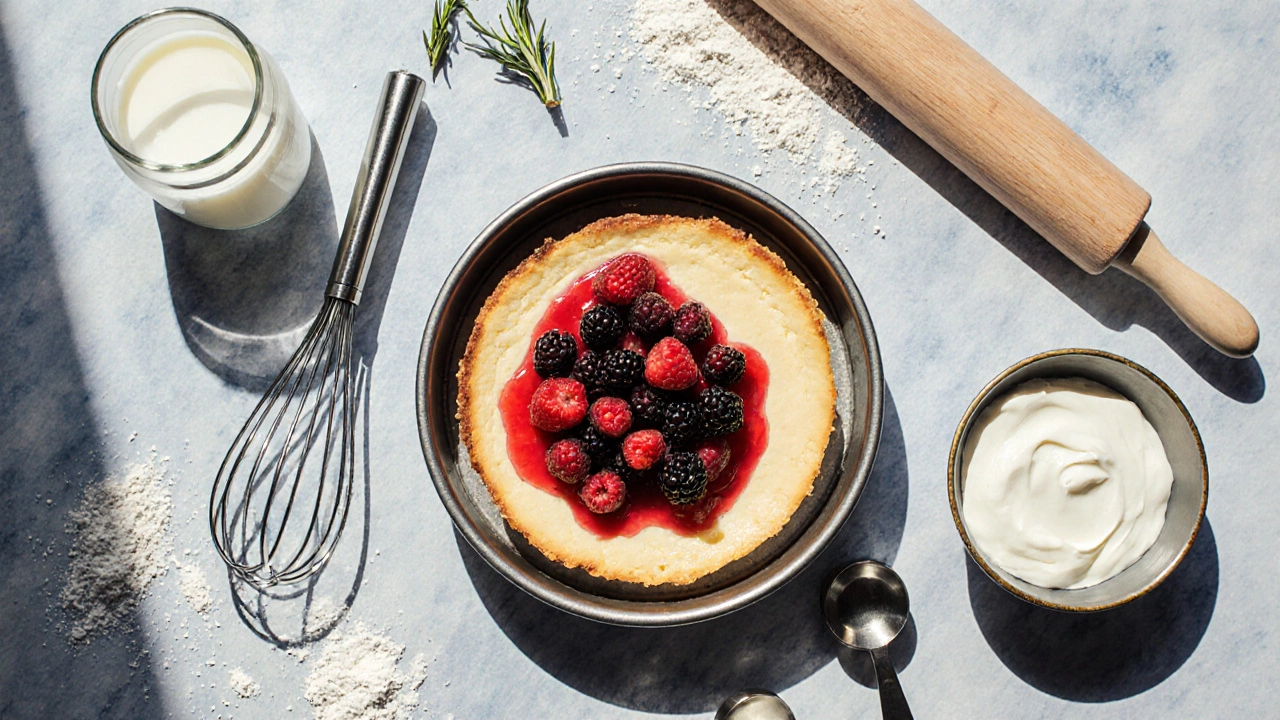
Storing and Handling Cheese Before Baking
Proper storage prevents off‑flavors and ensures the cheese stays pliable when you blend it.
- Keep cheese in its original airtight container or transfer it to a zip‑lock bag, pressing out excess air.
- Place the bag on the middle shelf of the fridge, where temperature is most stable (around 4°C or 39°F).
- If you notice a watery film on the surface, simply skim it off - it’s whey and won’t affect the final taste.
- Allow the cheese to sit at room temperature for 15‑20minutes before mixing. This prevents clumps and speeds up incorporation.
Troubleshooting Common Issues
- Grainy texture. Usually caused by low‑fat cheese or over‑mixing. Switch to a higher‑fat option or mix just until smooth.
- Cracked surface after baking. Happens when the cheesecake cools too quickly. Let it cool in the oven with the door ajar for an hour, then chill in the fridge.
- Too tangy. Add a tablespoon of sugar or a splash of vanilla extract to balance excess acidity.
Putting It All Together: A Sample Recipe Using the best cheese for cheesecake
Here’s a quick, no‑fuss recipe that showcases why cream cheese remains the top choice.
- Pre‑heat oven to 325°F (163°C). Grease a 9‑inch springform pan.
- Blend 24oz Cream Cheese (room temperature) with 1cup granulated sugar until smooth (about 2minutes).
- Add 4large eggs, one at a time, mixing on low speed. Scrape the sides after each addition.
- Stir in 1cup sour cream, 2tbsp lemon juice, and 1tsp vanilla extract. The mixture should be glossy.
- Pour batter over the crust, tap gently to release air bubbles, and bake for 45‑50minutes. The center should wobble slightly.
- Turn off the oven, crack the door, and let the cheesecake sit for 1hour. Then refrigerate for at least 4hours before serving.
Swap the cream cheese for mascarpone using the 8oz cream cheese + 4oz heavy cream method to achieve a richer, buttery version without changing other steps.
Frequently Asked Questions
Can I use low‑fat cream cheese for a cheesecake?
You can, but the result will be less creamy. Compensate by adding a handful of full‑fat sour cream or Greek yogurt to bring back richness.
What’s the difference between ricotta and quark in cheesecake?
Ricotta is grainier and higher in moisture, giving a lighter mouthfeel, while quark is smoother and tangier, producing a firmer texture. Choose ricotta for a fluffy, airy cake; pick quark for a tart, European‑style slice.
Is mascarpone suitable for a baked cheesecake?
Yes, but because mascarpone is very high in fat and low in protein, the batter can be loose. Add an extra egg or a tablespoon of flour to help it set during baking.
How long can I keep leftover cheesecake cheese?
Unopened, store it in the fridge for up to 2weeks. Once opened, wrap tightly and use within 5‑7days for best flavor.
Can I freeze cream cheese for later use?
Freezing is possible, but the texture becomes crumbly. Thaw in the fridge, then blend with a whisk before using to restore smoothness.

